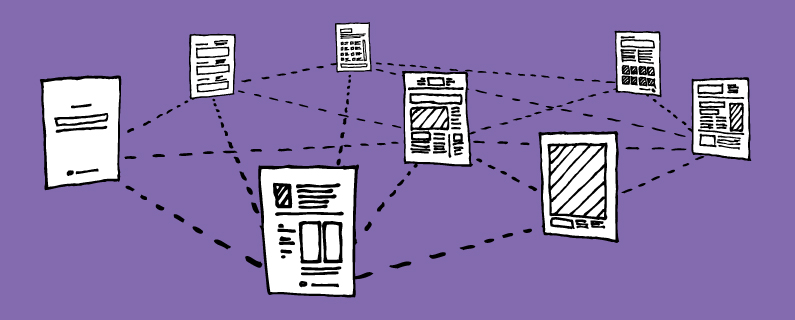
What do we know about the humble press release? They typically contain straightforward information about an announcement or event, they get sent out to the media and to a lot of people, they are extremely boring. Personally, I have a lot of love for the press release and I want to explain why it’s still a valuable part of your PR/marketing tool box and where a lot of people go wrong. For starters, the press release is the best way to present your story or news to people that have the ability to pass it on or write more about it. For those of you unfamiliar, the press release is a short, official, statement sent to the media giving information and relevant story information. The idea behind a press release is to get a journalist interested enough in the story to pick it up and write more about it.
Press releases get a bad reputation for being a little spammy and really unhelpful, but those things are usually only true if the press release is put together without care and sent to the wrong people. There are a few things you can do to make sure your press release has a better chance of being picked up by the media (or at least read before being sent to the trash can). Low-effort press releases are hardly even worth writing and sending, so follow these tips for more successful press releases and if all goes well, press coverage for your news or event.
Press Release Tips:
- If at all possible, address it to a specific person. This takes a little bit of time and a little bit of research, but people are much more inclined to read what you have to say if it’s addressed to them specifically. It’s easy enough to send the same press release to every person on your contact list, but individually addressing them is a pretty small thing that can make a big difference. It is a little more time consuming, but shows that you did your research and might not be wasting the journalists’ time.
- Send your release to people that will care about it. You would think this is common sense, but a lot of people just mail their press release to anyone’s email address they can find associated with a newspaper or TV station. Your odds are much better if you find the journalists that actually write about stories similar or in the same industry as yours. Sending a press release about a law settlement to a sports writer isn’t going to do anything except make that writer annoyed (and probably make them assume you’re an idiot).
- Don’t assume gender. You might not think about it, but it’s important to not assume gender just because of the topic they write about or even from their name. Sometimes it’s obvious or you can find an employee directory that will include photos or short bios. The goal is to not annoy or offend anyone, so be diligent and aware of who you’re sending material to.
- Don’t attach it, write it. You want to make this as easy and painless as possible. Sure, if they find what you have to say interesting, they just had a story delivered straight to their inbox, but in a lot of cases, it would be doing you and your organization a lot of good for a journalist to cover your story. Make it super simple for them to get the facts. Be straight to the point and let the journalist know why this story matters, what is important about it and how to get a hold of someone for additional information. Attaching the press release to an email adds another step for the reader and will increase your odds of going straight to the trash can.
Don’t count the press release out just yet. There’s still a lot you can do when you take the time to reach out to the right people the right way. There are many resources out there on how to write an effective press release, so do a little research of your own before you get started!
Based in Indy with news to share? Submit your story to Indy-Biz. We will be happy to get the word out for you.
